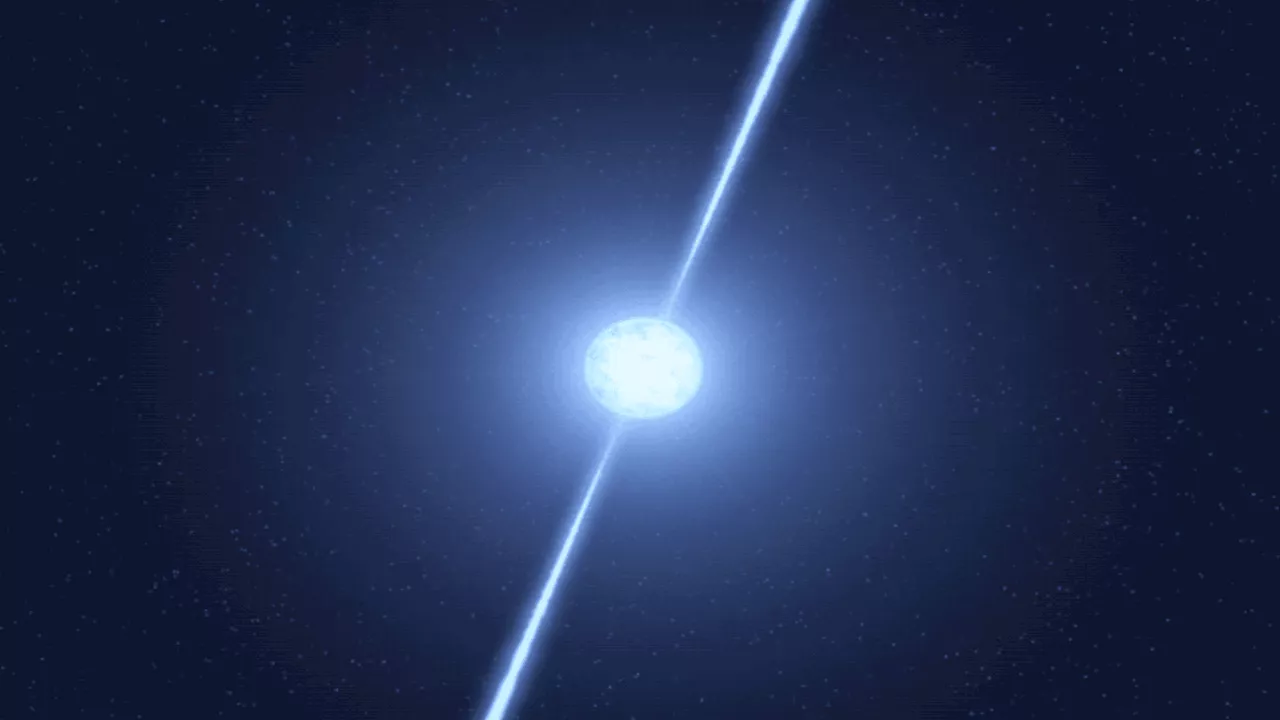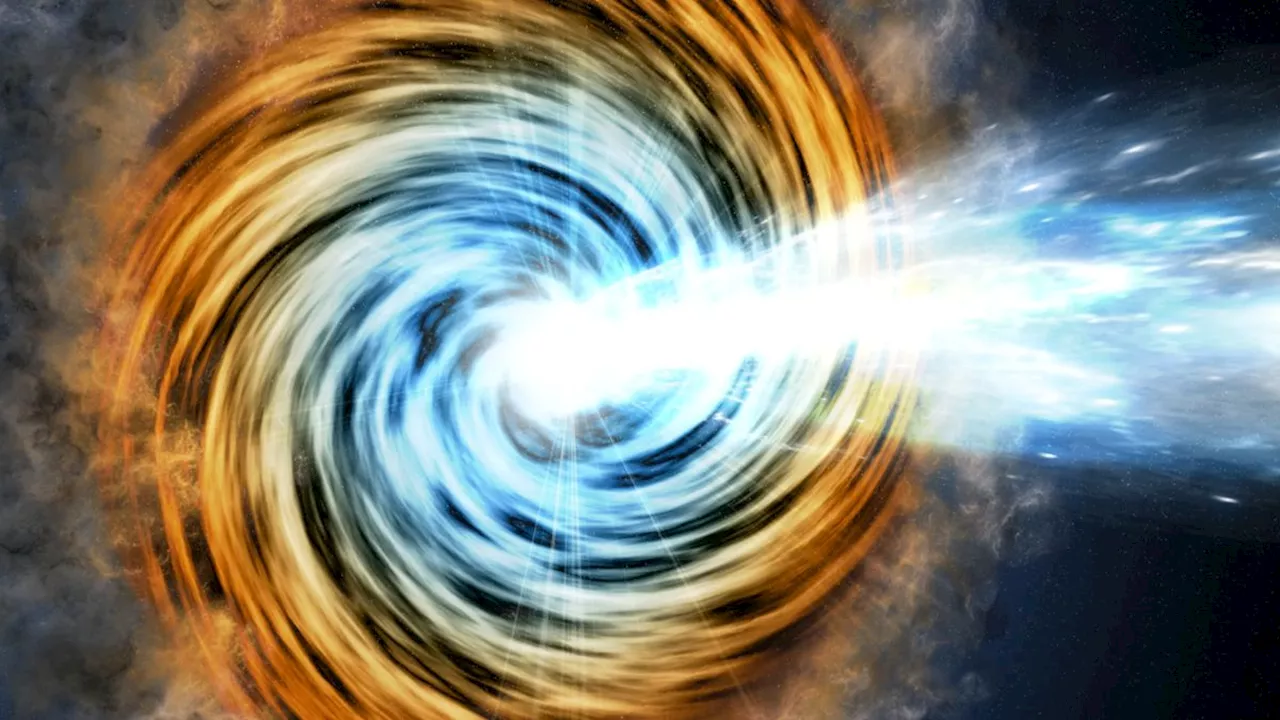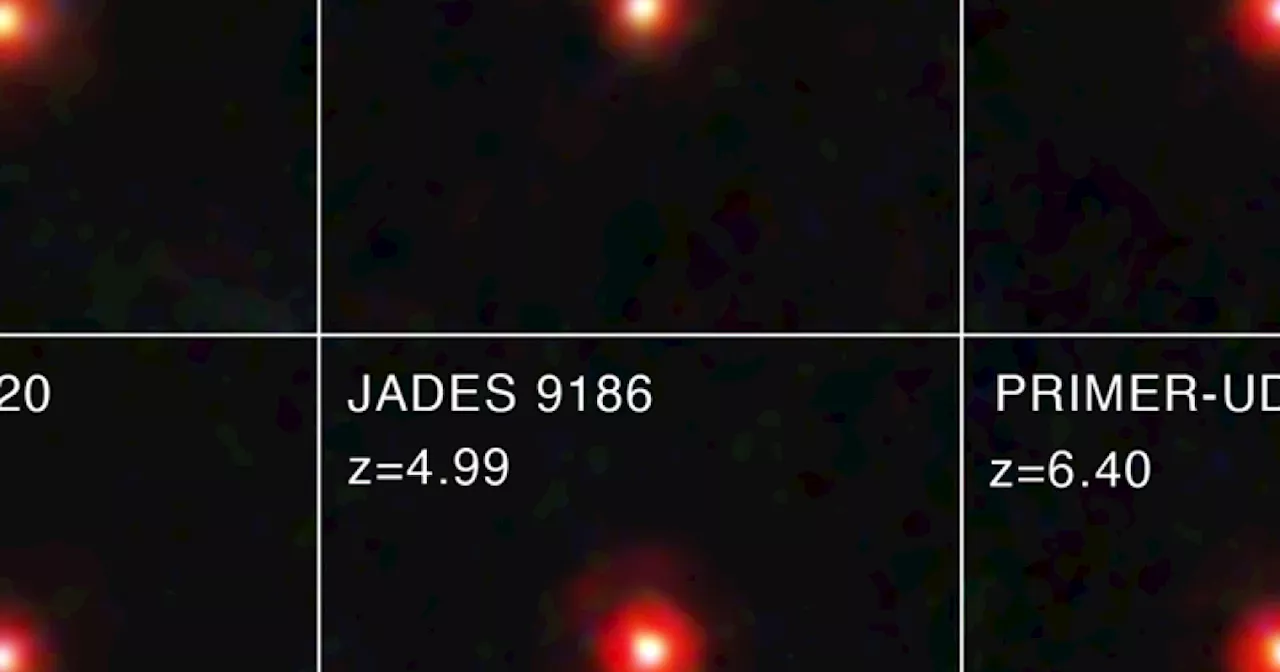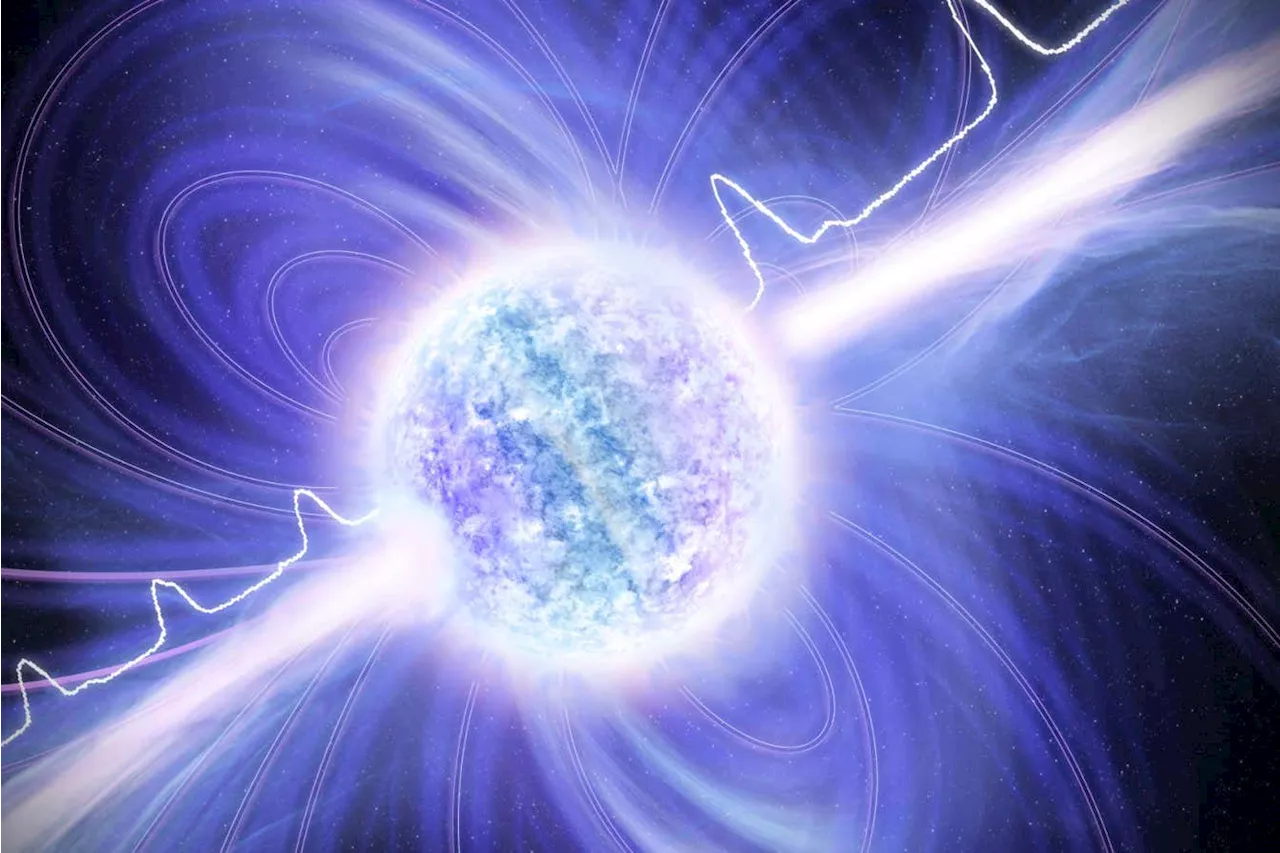Astronomers using the European Southern Observatory's Very Large Telescope have detected extremely powerful winds on WASP-127b, a giant exoplanet. These supersonic winds, reaching speeds up to 33,000 km/h, are the fastest jet stream ever measured on a planet, providing unique insights into the weather patterns of a distant world.
Astronomers have discovered extremely powerful winds pummeling the equator of WASP-127b, a giant exoplanet. Reaching speeds up to 33,000 km/h, the winds make up the fastest jet-stream of its kind ever measured on a planet. The discovery provides unique insights into the weather patterns of a distant world.
Tornados, cyclones and hurricanes wreak havoc on Earth, but scientists have now detected planetary winds on an entirely different scale, far outside the Solar System. Ever since its discovery in 2016, astronomers have been investigating the weather on WASP-127b, a giant gas planet located over 500 light-years from Earth. The planet is slightly larger than Jupiter, but has only a fraction of its mass, making it 'puffy'.
At 9 km per second , the jet winds move at nearly six times the speed at which the planet rotates.*"This is something we haven't seen before," says Nortmann. It is the fastest wind ever measured in a jetstream that goes around a planet. In comparison, the fastest wind ever measured in the Solar System was found on Neptune, moving at 'only' 0.5 km per second ., mapped the weather and make-up of WASP-127b using the CRIRES+ instrument on ESO's VLT.
The field of exoplanet research is rapidly advancing. Up until a few years ago, astronomers could measure only the mass and the radius of planets outside the Solar System. Today, telescopes like ESO's VLT already allow scientists to map the weather on these distant worlds and analyse their atmospheres.
EXOPLANETS WEATHER PATTERNS ASTRONOMY SUPERSONIC WINDS JET STREAMS
United States Latest News, United States Headlines
Similar News:You can also read news stories similar to this one that we have collected from other news sources.
 Astronomers Witness Fastest Disintegrating Planet Ever SeenUsing NASA's TESS telescope, astronomers have discovered a planet named BD+05 4868 Ab that is rapidly disintegrating due to bombardment from its star. The planet is losing a 'moon's worth' of matter every million years and is expected to vanish entirely soon. This discovery provides a unique opportunity to study the composition of planets orbiting other stars.
Astronomers Witness Fastest Disintegrating Planet Ever SeenUsing NASA's TESS telescope, astronomers have discovered a planet named BD+05 4868 Ab that is rapidly disintegrating due to bombardment from its star. The planet is losing a 'moon's worth' of matter every million years and is expected to vanish entirely soon. This discovery provides a unique opportunity to study the composition of planets orbiting other stars.
Read more »
 Sloth of the Skies: Astronomers Discover the Slowest Spinning PulsarScientists at the University of Sydney have identified a new type of neutron star that rotates incredibly slowly, taking 6.45 hours to complete one rotation. This discovery challenges conventional understanding of pulsars, which are typically known for their rapid spinning. ASKAP J1839-075, as this peculiar neutron star is called, emits radio waves at a pace never before observed, potentially rewriting our knowledge about stars.
Sloth of the Skies: Astronomers Discover the Slowest Spinning PulsarScientists at the University of Sydney have identified a new type of neutron star that rotates incredibly slowly, taking 6.45 hours to complete one rotation. This discovery challenges conventional understanding of pulsars, which are typically known for their rapid spinning. ASKAP J1839-075, as this peculiar neutron star is called, emits radio waves at a pace never before observed, potentially rewriting our knowledge about stars.
Read more »
 Astronomers Discover Most Distant Blazar Ever, Peering into Early UniverseA team of astronomers has identified the most distant blazar yet, a supermassive black hole emitting a powerful energy beam directly towards Earth. The discovery provides a unique window into the early universe and offers insights into the formation and evolution of supermassive black holes.
Astronomers Discover Most Distant Blazar Ever, Peering into Early UniverseA team of astronomers has identified the most distant blazar yet, a supermassive black hole emitting a powerful energy beam directly towards Earth. The discovery provides a unique window into the early universe and offers insights into the formation and evolution of supermassive black holes.
Read more »
 Astronomers Discover 'String of Cosmic Pearls' - A Rare Aligned Group of Dwarf GalaxiesAstronomers have found a unique grouping of five dwarf galaxies positioned in a nearly perfect alignment, resembling a string of pearls in the sky. This rare arrangement, located about 117 million light-years away, presents a challenge to our current understanding of cosmic evolution. The galaxies, designated D1 to D5, exhibit active star formation and engage in gravitational interactions, including a cosmic 'tug of war' that pulls gas and stars between them. This discovery raises questions about the formation and evolution of these galaxies and their alignment.
Astronomers Discover 'String of Cosmic Pearls' - A Rare Aligned Group of Dwarf GalaxiesAstronomers have found a unique grouping of five dwarf galaxies positioned in a nearly perfect alignment, resembling a string of pearls in the sky. This rare arrangement, located about 117 million light-years away, presents a challenge to our current understanding of cosmic evolution. The galaxies, designated D1 to D5, exhibit active star formation and engage in gravitational interactions, including a cosmic 'tug of war' that pulls gas and stars between them. This discovery raises questions about the formation and evolution of these galaxies and their alignment.
Read more »
 Astronomers Discover Cosmic 'Little Red Dots' May Be Early GalaxiesA team of astronomers analyzing data from the James Webb Space Telescope (JWST) has identified a large number of 'little red dots,' compact reddish objects in the early universe. These dots appear to be transient, existing mainly a billion years after the Big Bang and then fading away. Further analysis suggests they could be actively growing supermassive black holes, potentially forming the cores of today's massive galaxies.
Astronomers Discover Cosmic 'Little Red Dots' May Be Early GalaxiesA team of astronomers analyzing data from the James Webb Space Telescope (JWST) has identified a large number of 'little red dots,' compact reddish objects in the early universe. These dots appear to be transient, existing mainly a billion years after the Big Bang and then fading away. Further analysis suggests they could be actively growing supermassive black holes, potentially forming the cores of today's massive galaxies.
Read more »
 Astronomers Discover 'Zombie Star' Pulsating at Unprecedented Slow RateA newly discovered collapsed star, nicknamed a 'zombie star,' challenges our understanding of pulsars by emitting radio waves at an astonishingly slow rate. Located 13,000 light-years away, this object rotates once every 6.45 hours, defying the conventional belief that pulsars cease emitting radio waves when their rotation slows down significantly. Astronomers are baffled by this discovery and are exploring the possibility that it represents a new type of pulsar.
Astronomers Discover 'Zombie Star' Pulsating at Unprecedented Slow RateA newly discovered collapsed star, nicknamed a 'zombie star,' challenges our understanding of pulsars by emitting radio waves at an astonishingly slow rate. Located 13,000 light-years away, this object rotates once every 6.45 hours, defying the conventional belief that pulsars cease emitting radio waves when their rotation slows down significantly. Astronomers are baffled by this discovery and are exploring the possibility that it represents a new type of pulsar.
Read more »
